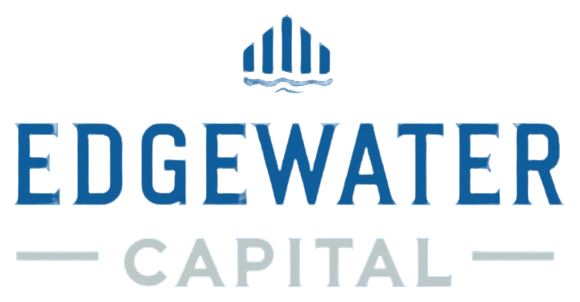When considering financing options for your business, it’s essential to understand the distinctions between a business line of credit and a term loan. Both provide access to capital, but they serve different purposes and can impact your business in distinct ways. In this post, we’ll break down each option and help you determine which one aligns best with your needs.
What is a Business Line of Credit?
A business line of credit functions similarly to a credit card but with higher limits and lower interest rates. It offers businesses access to a predetermined credit limit, from which you can draw funds as needed. Unlike a lump sum loan, you only pay interest on the money you actually use, and you can draw from the line repeatedly as you repay it, making it a flexible financial tool for businesses with fluctuating cash flow needs.
Key Features:
- Revolving credit: Once you repay the amount, the funds are available to be borrowed again.
- Flexible spending: Funds can be used for any business-related expenses, such as payroll, inventory, or emergency expenses.
- Pay interest only on what you borrow: There’s no need to pay interest on the full line of credit unless the entire amount is used.
- Limits typically range from $10,000 to $250,000: Ideal for ongoing expenses or managing short-term cash flow gaps.
When to Choose a Business Line of Credit:
- You need ongoing access to working capital.
- You face unpredictable expenses or seasonal fluctuations in cash flow.
- You prefer to borrow smaller amounts on a revolving basis rather than a large sum at once.
A business line of credit is well-suited for companies that may need funds repeatedly over time to address short-term financing needs without being locked into a fixed loan.
What is a Term Loan?
A term loan is a traditional form of financing where a business borrows a fixed amount of money upfront and agrees to pay it back, with interest, over a specified period. Term loans are generally used for larger purchases or investments that require significant capital, such as equipment, real estate, or business expansion.
Key Features:
- Fixed amount: You receive a lump sum upfront.
- Fixed repayment schedule: Typically, you’ll make regular monthly payments over a set term, which can range from a few months to several years.
- Predictable interest payments: Rates can be fixed or variable, but your payment schedule and interest costs are clearly outlined from the beginning.
- Loan amounts typically range from $10,000 to $500,000: Ideal for larger, one-time expenses.
When to Choose a Term Loan:
- You’re investing in a major purchase, like new equipment, real estate, or a large business expansion.
- You prefer the predictability of a fixed repayment schedule.
- You need a large sum of money upfront for long-term projects.
A term loan is a good choice for businesses with a clear, defined use for the funds and the ability to pay off the loan over time.
Key Differences:
- Purpose: A line of credit is great for covering day-to-day operational costs, while a term loan is typically used for large, one-time expenditures.
- Repayment: A line of credit offers flexibility, allowing you to borrow and repay repeatedly, while a term loan involves a fixed repayment schedule with set monthly payments.
- Interest: With a line of credit, you pay interest only on the amount you borrow. With a term loan, interest is paid on the entire loan amount, starting as soon as you receive the funds.
- Loan Amount: Term loans often come with higher borrowing limits, whereas a line of credit offers more modest amounts but with flexible access.
Which Option is Right for You?
Choosing between a business line of credit and a term loan depends on your business’s current needs, future goals, and financial health.
- Go with a Line of Credit if:
- You anticipate ongoing, short-term cash flow needs.
- Your expenses vary month-to-month, and you need a cushion for seasonal dips in revenue.
- You want flexibility and don’t want to commit to borrowing a large amount all at once.
- Go with a Term Loan if:
- You’re making a significant investment, such as purchasing equipment or expanding your business.
- You need a large sum of money immediately.
- You prefer a clear, predictable repayment schedule with defined payments.
Conclusion
Both a business line of credit and a term loan are valuable financial tools, but understanding their differences can help you make an informed decision based on your business needs. A line of credit is best for flexibility and ongoing expenses, while a term loan is ideal for larger, one-time investments. Before applying, consider your financial situation, your borrowing needs, and your ability to repay the loan or credit line.
At Edgewater Capital, we offer tailored financing solutions to meet your business needs. Whether you’re looking for the flexibility of a line of credit or the stability of a term loan, our team can help guide you through the process and secure the best option for your business.

